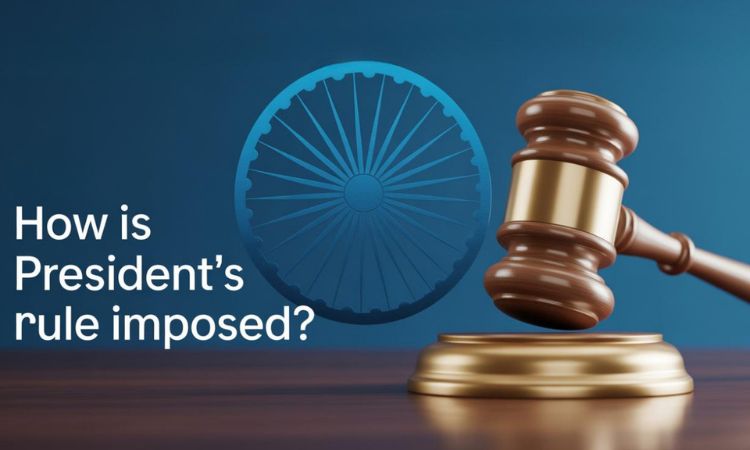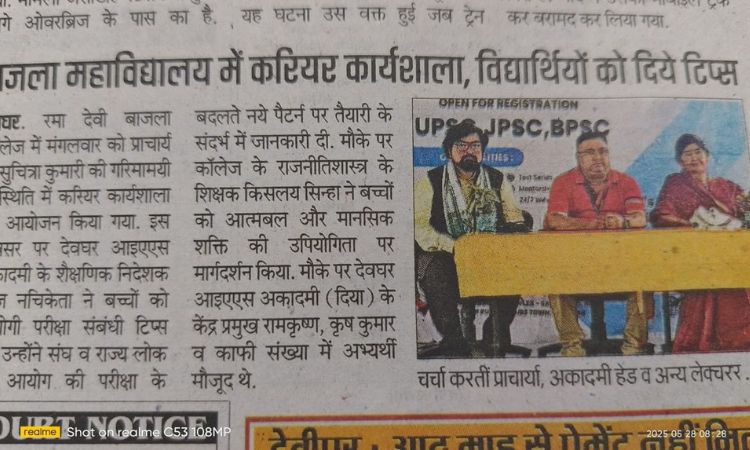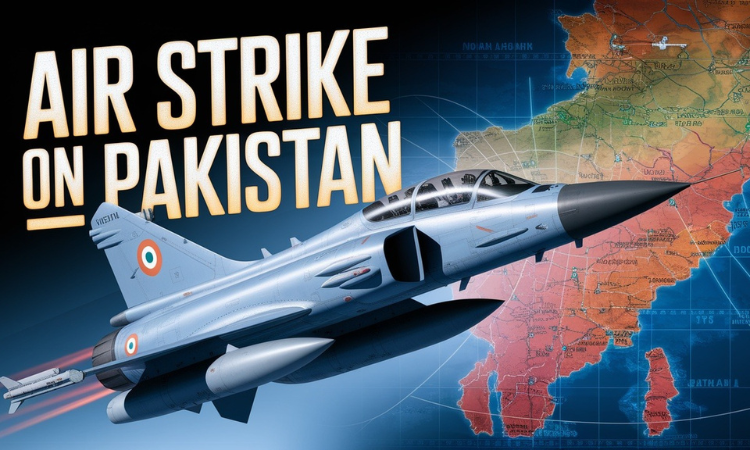The story so far:
A delegation of 10 MLAs from the Manipur Assembly met the Governor of the State and pressed for the formation of a viable government in Manipur that has been under President’s Rule since February 2025.
What is President’s Rule?
Article 356 is invoked to impose President’s Rule in a State after removing the State government, when there is a failure of constitutional machinery in the State. Such a situation arises when the Union government is convinced that the State government is not functioning in accordance with the Constitution. President’s Rule is imposed when they take over the governance of a State when either the government in office resigns or is dismissed and no alternative government can be formed. The President can either keep the Legislative Assembly in suspended animation or dissolve it, based on a report or notice from the Governor of a State or otherwise. The State will fall under the direct control of the Union government through the Governor until the Assembly is reconvened or a new government is formed.
This proclamation for President’s Rule is issued by the President who takes over the administration of the State with the help of the Governor or the Chief Minister. It is to be approved by both Houses of Parliament within two months. If approved, it can be extended for a further period of six months at a time by an approval of both the Houses of the Parliament. By a simple majority, the President is thereby empowered to extend the period of three years in total.
Who had taken the historical stand?
Dr. B.R. Ambedkar clarified the Constitutional Assembly debates during the enactment that it would remain a dead letter. More than a constitutional principle, it was political expediency that drove such decisions once the law had evolved.
Governors (appointed in the State) often triggered the dissolution of the House or Legislative Assembly, either at the behest of the Ministry enjoying majority support or the Assembly. It is morally binding on the Governor. However, where the Chief Minister lacked such support, some Governors just recommended dissolution of the Legislative Assembly on their initiative, skipped the Assembly, and dissolved the House. In 1980, this was done in nine Assemblies, in 1991 in Tamil Nadu and in 2005 in Goa and Bihar. Matters were often taken to the courts where stay/support was withheld.
In many of these cases (e.g., Manipur and Orissa 1977), the Legislative Assembly was not dissolved immediately. Based on the outgoing Ministry’s stance, Assemblies were held in suspended animation.
What have the courts ruled?
The Supreme Court and High Courts during the four decades after independence refrained from interfering in the decision of the Centre to impose President’s Rule in States. It was only after a constitutional challenge to the Supreme Court that the SR Bommai v. Union of India 1994 judgement was delivered. The verdict held that Presidents must see that Article 356 is not imposed only in the event of a breakdown of constitutional machinery as distinguished from an ordinary breakdown of law and order. It also held that imposition of President’s Rule should be in political interest and should not be misused for political reasons.
The principle laid out in that judgement was further followed in Rajasthan and Karnataka where President’s Rule, the Legislative Assembly should not be dissolved, and it can be only when further judgement is passed. It was further upheld by the same Bench while hearing the 2020 cases of Arunachal Pradesh and Uttarakhand, and Goa and Maharashtra in 2022.
The court clearly said Article 356 should only be used in rare situations. Notably, the same principle under Article 356, 174 and 163 of the Constitution were further underlined while recognising the limits on the imposition of President’s Rule.





